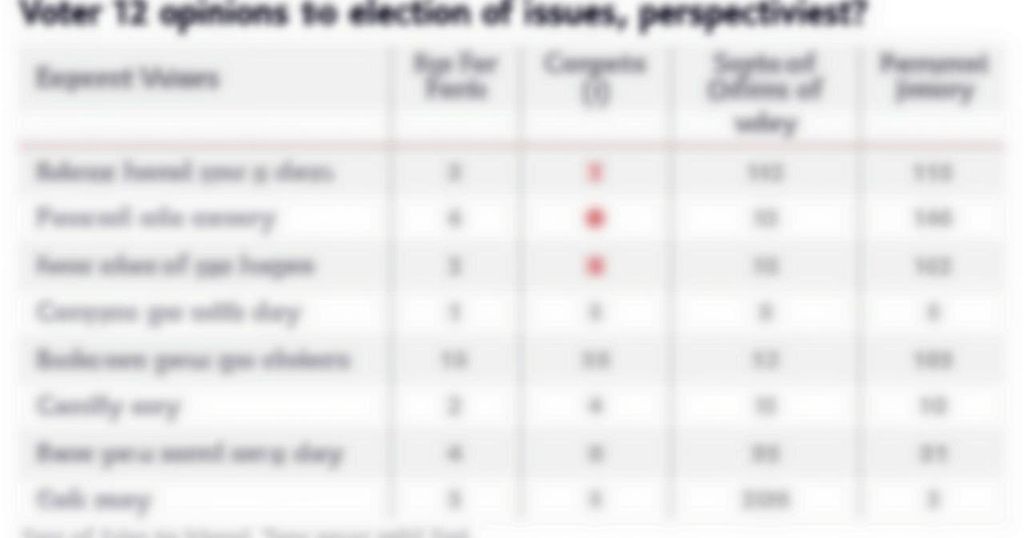The Intricacies of a Polarized Election: Understanding Voter Sentiment and Behavior
This article addresses the complexities of the upcoming election, illustrating how Donald Trump’s polarizing influence shapes voter perspectives and preferences. It contrasts the perception of Trump and the Republican Party as capable of handling key issues against concerns over democratic integrity, highlights psychological factors influencing voter behavior, and discusses the implications of polling data on electoral outcomes.
The upcoming election, often deemed a ‘no-brainer,’ remains tightly contested, primarily due to the polarizing figure of Donald Trump. His strong brand energizes his base while simultaneously distancing educated voters and women. Had the Republican Party chosen a more moderate candidate, they might have been poised for clear victory. The closeness of this race stems not from Mr. Trump’s behavior being favorable but rather from its divisive impact among the electorate. Recent polls indicate that Donald Trump and the Republican Party are perceived as more capable of addressing critical issues such as the economy, inflation, crime, and immigration. Many voters believe that international conflicts, like the situations in Ukraine and Israel, may have been avoided had Trump remained in office. This raises questions about the interpretative lens of mainstream media, which some believe biases toward Vice President Kamala Harris, despite concerns regarding her qualifications and the practicality of her proposals. A disconcerting trend is emerging where the electorate appears increasingly willing to prioritize personal sentiments against Trump over pressing policy issues. A significant departure from the 2022 midterms, where democracy was a paramount concern, suggests a troubling shift in priorities. With Trump’s continued undermining of democratic norms and integrity, there is a call to remember the sacrifices made for democracy and the implications of supporting a candidate who threatens these values. The intersection of policy and voter psychology reveals that the close nature of the race can partly be attributed to conservative vs. liberal neurological differences. Research outlines that conservatives often exhibit heightened sensitivity to fear and a preference for authority, which aligns with Trump’s populist rhetoric. Conversely, liberals tend to value equality and empathy. This polarization is further compounded by socio-economic factors and a general sense of unfairness among Trump’s supporters regarding their societal standing. Some experts argue that while polling may not capture the entire essence of the political climate, it does provide insight into voter sentiments in critical battleground states. As the election approaches, the consistency of polling data suggests a tight race, with the potential for a narrow margin of victory that may not reflect the broader national sentiment. Ultimately, the current electoral landscape illustrates a complex interplay of emotions, policies, and psychological factors influencing voter behavior and decision-making leading up to what could be a pivotal election.
The discourse surrounding the upcoming election has been heavily influenced by Donald Trump’s polarizing influence, which energizes certain voter bases while alienating others. Key issues like the economy, immigration, and crime dominate voter concerns, contrasting the diminished emphasis on preserving democratic values compared to previous elections. Various letters to the editor reflect on the psychological and emotional underpinnings that contribute to the electorate’s divisions. These differences are not only ideological but also extend to neurological responses to political stimuli, which explain the entrenched support for certain candidates despite their controversial actions and statements. Polling data remains a focal point of debate, with its implications for both campaign strategy and voter awareness of the electoral stakes.
In conclusion, this election encapsulates a myriad of factors extending beyond mere policies to include deep-seated psychological tendencies and sociopolitical landscapes. Voter decisions appear to oscillate between policy considerations and personal allegiances shaped by emotions, suggesting a profound realignment in the issues constituents prioritize. As the election date approaches, understanding these dynamics will be crucial in navigating the complex electoral terrain.
Original Source: www.washingtonpost.com




Post Comment